Core Communication Module for Advanced Control Systems The 6DD1661-0AE0 represents a crucial interfacing solution within Siemens' SIMATIC TDC (Technology and Drive Control) ecosystem. This communication processor facilitates reliable data exchange in sophisticated automation architectures where timing precision is critical. Engineered specifically for challenging industrial environments, the module enables synchronized operation across distributed control systems, serving as an essential connectivity component in multi-axis coordination applications. Technical Performance and Operational Parameters Key characteristics that define the module's capabilities include: Communication Interface: Employs industrial-standard RS485 serial communication, supporting network lengths up to 1200 meters with enhanced noise immunity through differential signaling Power Characteristics: Operational power requirement remains below 2W, with thermal dissipation design managing approximately 5.22W heat output Environmental Specifications: Maintains operational integrity across -20°C to +60°C range, with storage compatibility extending from -40°C to +85°C Connectivity Advantages in Industrial Environments The implementation of RS485 protocol provides distinct benefits for industrial automation networks. This interface standard ensures stable data transmission in electrically noisy environments through its balanced differential signaling approach. The module's communication architecture supports multidrop network configurations, allowing simultaneous connectivity with numerous field devices while maintaining signal integrity across extended distances, crucial for large-scale industrial installations. Implementation Scenarios and Industrial Deployments This connectivity solution finds application in various demanding sectors: Heavy Industry: Facilitates precise motor synchronization in continuous processing lines and metallurgical applications Precision Manufacturing: Supports high-speed coordination requirements in advanced printing and converting machinery Testing Infrastructure: Enables accurate data acquisition and control in automotive and aerospace validation systems The module serves as a critical integration point between control systems and field-level devices. Installation Considerations and System Integration Successful implementation requires attention to integration details. While the module is designed for rigorous environments, adequate ventilation should be provided in control enclosures to manage thermal output. Network implementation should utilize proper termination techniques and shielded twisted-pair cabling to optimize signal integrity. Grounding practices should follow industrial standards to prevent potential interference issues. Conclusion The Siemens 6DD1661-0AE0 stands as a vital connectivity enabler for advanced automation systems where reliability and precision are paramount. Its robust design, coupled with industrial-proven communication tec...
Read More
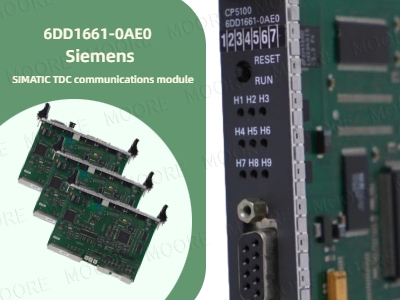
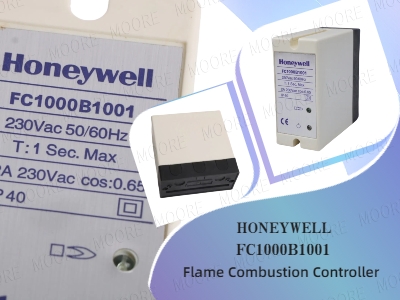
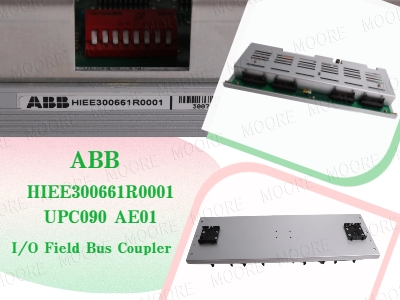
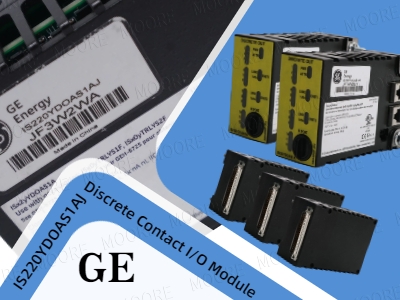
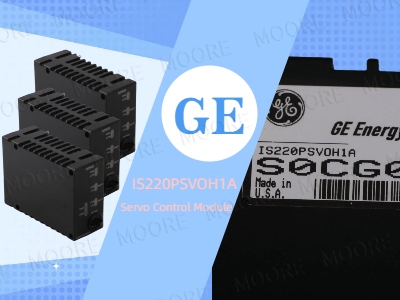
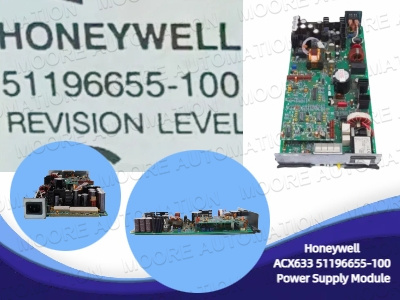
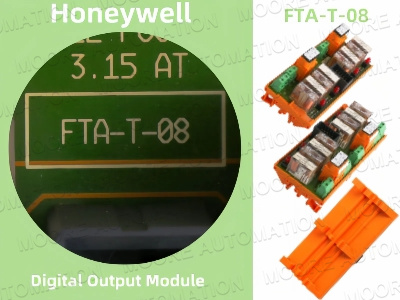
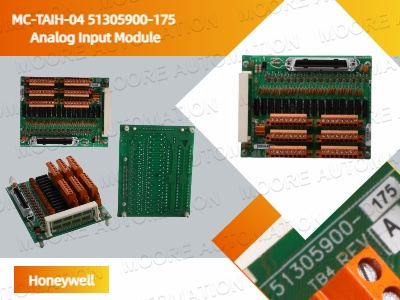
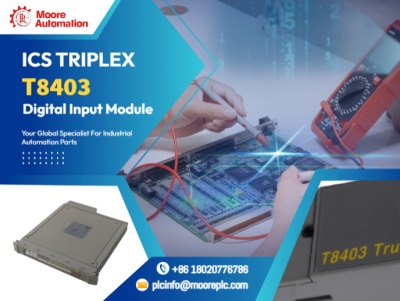

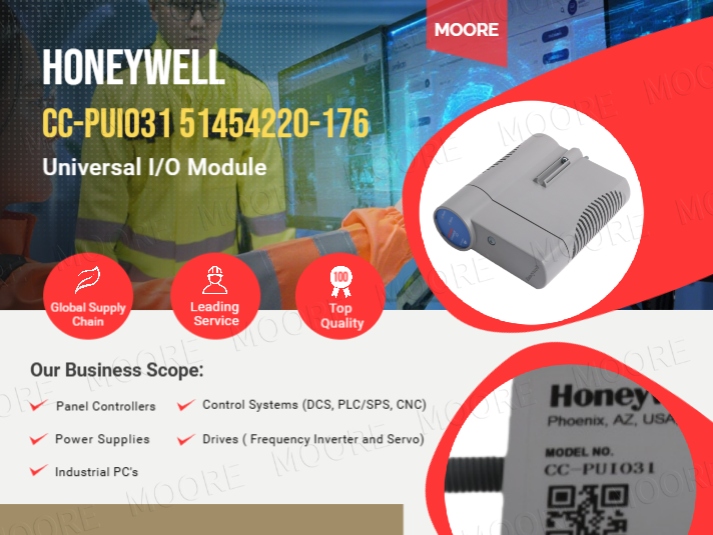
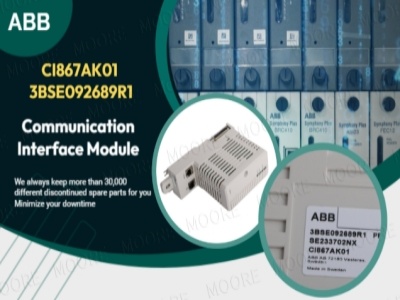
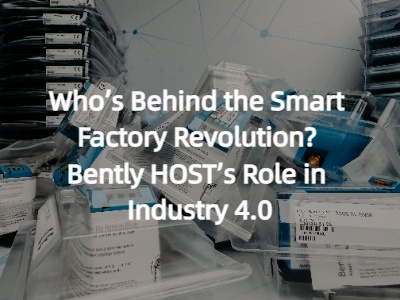











 IPv6 network supported
IPv6 network supported